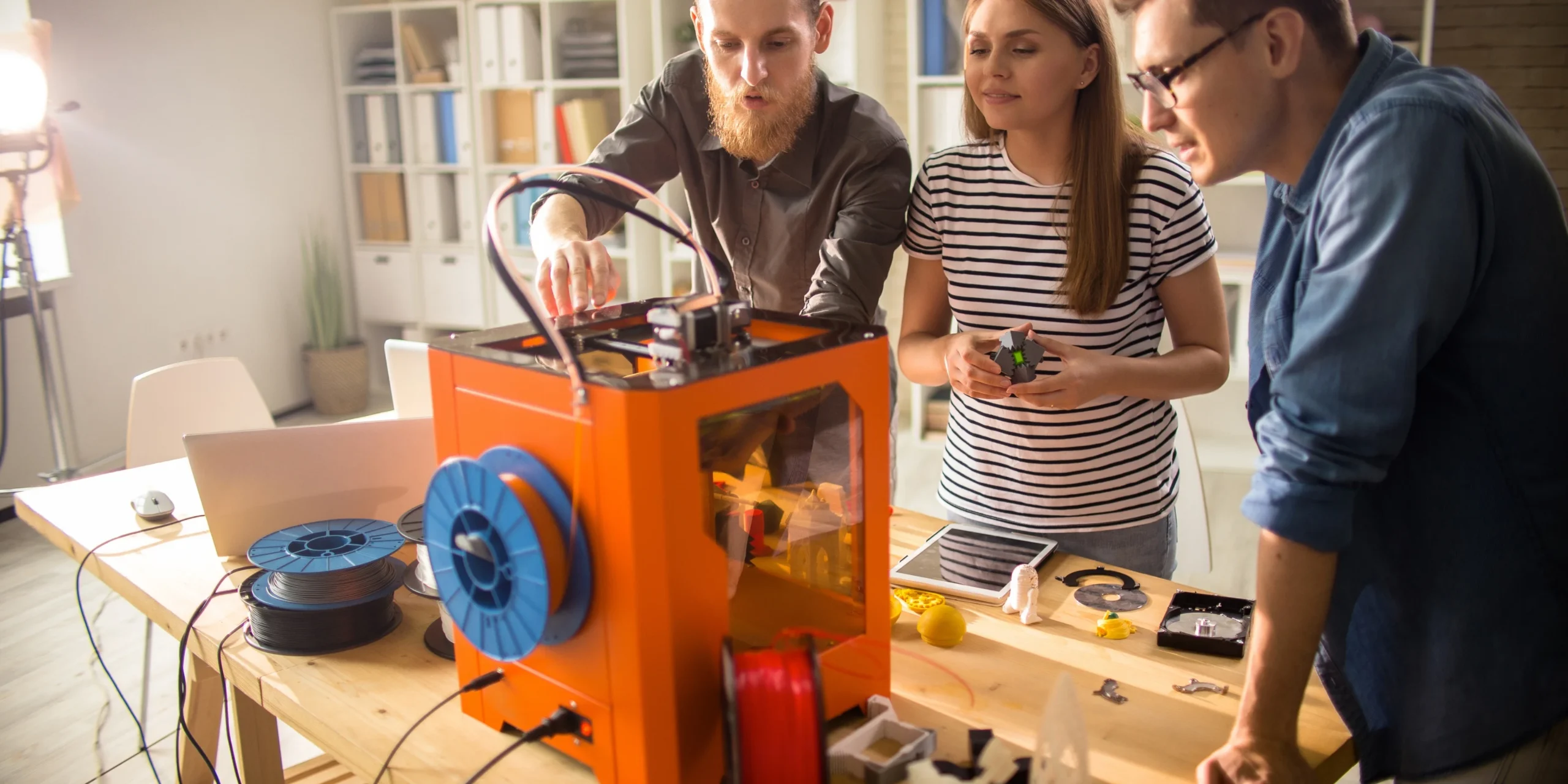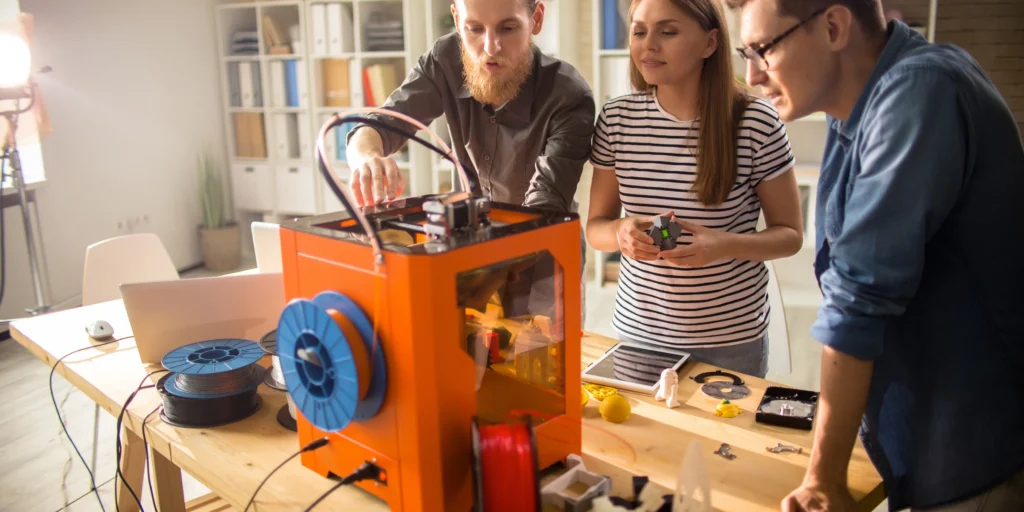Remember when 3D printers were gonna let us print everything - even a car - in our garage? Yeah, us too.
Turns out, printing anything beyond a lopsided Yoda figurine has been… tricky. But now there’s a new player shaking things up: nanotechnology. By infusing printing materials with itty-bitty particles like graphene and carbon nanotubes, scientists and startups claim we’re on the verge of a manufacturing revolution.
But is this fusion legit – or just another case of techies overhyping something that’s still mostly hot glue and dreams? We dug into the labs, talked to the experts, and even geeked out over some nano-enhanced sneakers to find out.
How It Actually Works (No PhD Required)
Let’s keep it simple: regular 3D printing stacks layers of material – usually plastic – to build objects. It’s like a fancy glue gun with commitment issues.
Nano-enhanced 3D printing? That’s like giving that glue gun superpowers.
- Stronger Stuff: By mixing in nanomaterials like carbon nanotubes, printed objects become tougher, lighter, and way more durable. Think: bike helmets that don’t crack, or phone cases that actually protect your phone.
- Smarter Materials: Imagine a water bottle that cleans itself, or surgical implants that help your body heal faster. Nano-coatings make that possible.
- Printing Electronics: Yeah – printers can now lay down conductive nano-inks to build circuits right into the product. No wires, no soldering, no fuss.
Companies like Nano Dimension aren’t just printing plastic trinkets – they’re printing entire electronic devices. In one go. Okay, that’s pretty cool.
So… What Can We Actually Do With This?
Custom Everything (Yes, Including Sneakers)
Brands are already using nano-infused printing to create shoes with midsoles tailored to your foot’s pressure points. Finally – a legit reason to own 3D-printed kicks that don’t look like they came from a sci-fi blunder.
Health Tech That Doesn’t Look Like Sci-Fi
Doctors are testing bone implants printed with nano-coated surfaces that help your body accept them better. No more “one-size-fits-none” medical hardware. Even better: bioprinters are experimenting with “bio-inks” laced with nanoparticles to grow tissues. We’re not at full organ-printing yet, but we’re closer than you think.
Lightweight Parts for Everything That Flies
Aerospace companies are obsessed with making things lighter – every gram saved means fuel saved. And now, they’re printing turbine blades and cabin parts reinforced with nanotubes. Strong as metal, light as plastic. Take that, gravity.
Let’s Get Real: The Not-So-Shiny Side
Look, not everything is rainbows and nano-filters.
- Cost: This stuff ain’t cheap. Specialized nano-inks and printers can still cost more than your car.
- Scalability: Great for prototypes and custom medical parts… but can it handle making 10,000 phone cases by Tuesday? Not yet.
- Regulations: What happens when everyone can print their own electronics or medical devices? Agencies like the FDA are already sweating.
And let’s be honest: the road to tech revolution is paved with overpromises. Remember when 3D printers were going in every home by 2020? Yeah.
The Bottom Line: Should You Care?
If you’re into tech that’s both mind-bending and practical? Absolutely.
This isn’t just about printing cooler action figures. It’s about:
- Greener manufacturing (less waste, less shipping)
- Personalized products (finally, jeans that fit)
- Faster innovation (print a idea today test it tomorrow)
So – is nanotech giving 3D printing its long-awaited glow-up? Yes. Is it going to change everything overnight? No. But it’s one of the most exciting tech mashups we’ve seen in years.
And if anyone offers you nano-printed socks… say yes.
Love it? Hate it? Still confused about what a nanotube even is? We get it. Stay curious – we’ll keep scouting.
Read more on The Sunday Scout:
AI | Technology | Tutorials








Leave a Reply